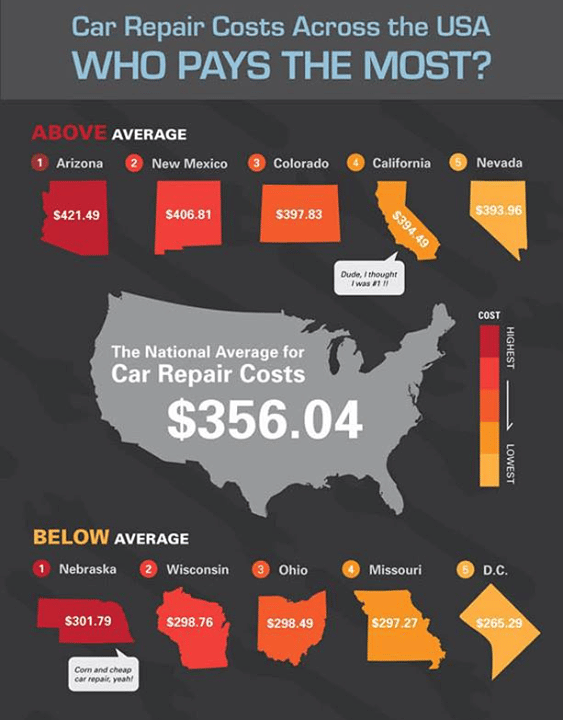Understanding The Meaning Behind Your Vehicle'S Warning Lights: An In-Depth Look
Understanding The Meaning Behind Your Vehicle'S Warning Lights: An In-Depth Look
Blog Article
Material Author-Higgins Alvarado
When you're behind the wheel, those beautiful warning lights on your control panel can be a little bit bewildering. Do you recognize what they're trying to tell you about your car's wellness? Recognizing please click the following page of these lights is vital for your safety and security and the long life of your automobile. So, the next time one of those lights appears, would not you wish to decode its message properly and take the required actions to address it?
Common Caution Lighting and Interpretations
Identify common warning lights in your auto and recognize their definitions to guarantee safe driving.
The most normal caution lights include the check engine light, which signifies concerns with the engine or emissions system. If this light comes on, it's important to have your automobile checked immediately.
The oil stress cautioning light suggests reduced oil stress, requiring prompt interest to avoid engine damages.
A blinking battery light could recommend a defective billing system, potentially leaving you stranded otherwise resolved.
The tire stress tracking system (TPMS) light signals you to low tire stress, affecting automobile security and gas performance. Disregarding this could result in dangerous driving conditions.
The abdominal light shows a trouble with the anti-lock stopping system, compromising your capability to stop rapidly in emergency situations.
Finally, the coolant temperature level warning light warns of engine overheating, which can cause serious damages if not resolved swiftly.
Understanding these typical caution lights will assist you resolve concerns quickly and keep risk-free driving conditions.
Relevance of Prompt Focus
Recognizing the usual caution lights in your vehicle is just the primary step; the value of promptly addressing these cautions can not be emphasized enough to ensure your safety and security when traveling.
When a caution light illuminates on your dashboard, it's your automobile's method of connecting a prospective concern that requires interest. Ignoring these warnings can bring about more extreme problems down the road, compromising your security and potentially costing you much more in repairs.
Prompt attention to alerting lights can protect against failures and crashes. For example, a blinking check engine light can suggest a misfire that, if left ignored, could create damages to the catalytic converter. Resolving this without delay can conserve you from an expensive repair work.
In a similar way, a brake system alerting light might signify reduced brake liquid or worn brake pads, crucial elements for your safety when driving.
DIY Troubleshooting Tips
If you notice a warning light on your dashboard, there are a few DIY fixing pointers you can attempt before looking for expert assistance.
The primary step is to consult your automobile's handbook to recognize what the specific caution light shows. Occasionally the issue can be as straightforward as a loose gas cap setting off the check engine light. Tightening vehicle detailer near me might resolve the issue.
An additional common problem is a reduced battery, which can activate different cautioning lights. Examining link web site for corrosion and guaranteeing they're safe and secure might repair the issue.
If a warning light continues, you can try resetting it by separating the automobile's battery for a couple of minutes and after that reconnecting it. Furthermore, inspecting your lorry's fluid levels, such as oil, coolant, and brake liquid, can aid repair advising lights connected to these systems.
Conclusion
To conclude, understanding your vehicle's warning lights is crucial for maintaining your automobile running smoothly and securely. By promptly dealing with Highly recommended Online site and understanding what they mean, you can stay clear of pricey fixings and possible failures.
Bear in mind to consult your cars and truck's manual for specific information on each warning light and take action as necessary to make sure a trouble-free driving experience.
Keep educated, stay secure on the road!
